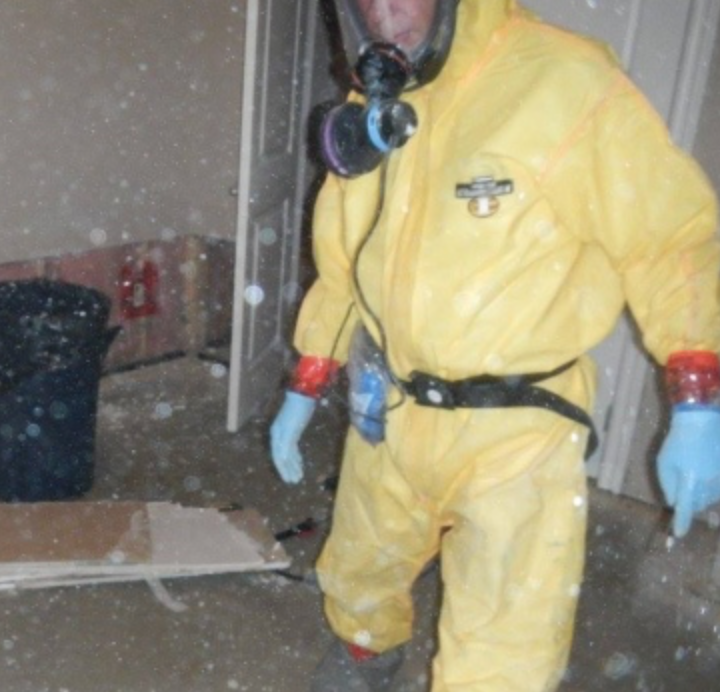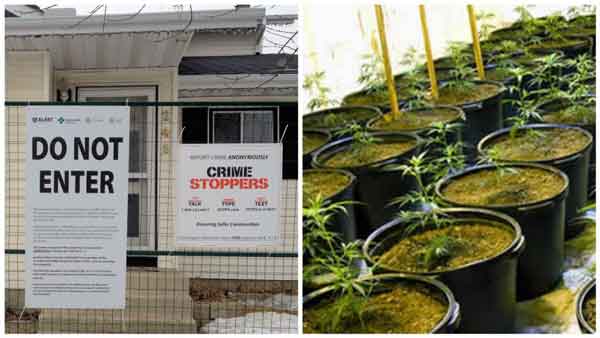The removal of chemicals, chemical waste and contaminated materials from a drug lab is a complicated process. These substances pose a risk to individuals and the environment and must be handled and disposed of correctly to ensure long-term safety.

Synthetic drugs are produced in clandestine labs by mixing chemicals and other reactive agents. During the mixing process, these reactions produce what is called chemical waste, which is a byproduct of the drug’s production and of no interest to the producer. When a drug producer has finished making their product they often chose to dispose of excess chemicals and waste products by pouring them into the sewer or on the ground outside – if they dispose of them at all. The process of locating, identifying, containing, removing, transporting and disposing of these chemicals and their byproducts is overseen by both environmental and government agencies.
Assessing the exposure risks associated with a lab can be difficult. Depending on the types of waste, the chemicals involved and the location of the contamination, an assessment may include environmental studies to determine the safety of groundwater and other environmental issues. Remediators must fully understand and comply with all regulations pertaining to the remediation operation, including documentation, labeling, reporting, storage, testing and disposal activities. Failure to properly identify, store and dispose of chemicals is dangerous and can cause further physical and environmental damage.
While it may be tempting to think of remediation as a cleaning service, drug lab remediation efforts require advanced knowledge of local and federal laws, chemistry and environmental issues. If you have a property in need of remediation do not underestimate the work and risk involved in locating, containing and removing contaminants from your property. Contact us online or by phone at 1-888-801-0911 for more information.






















